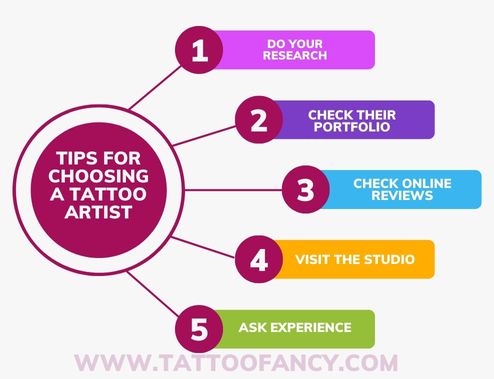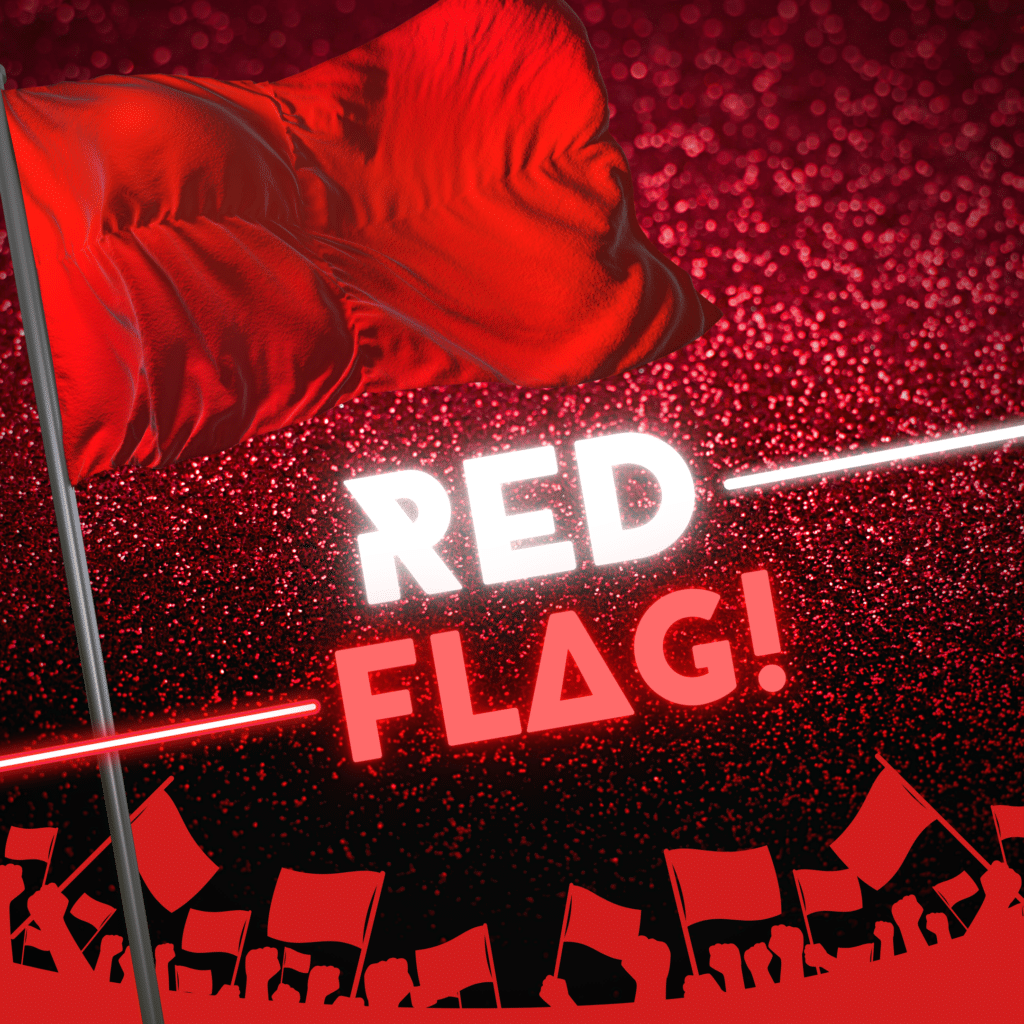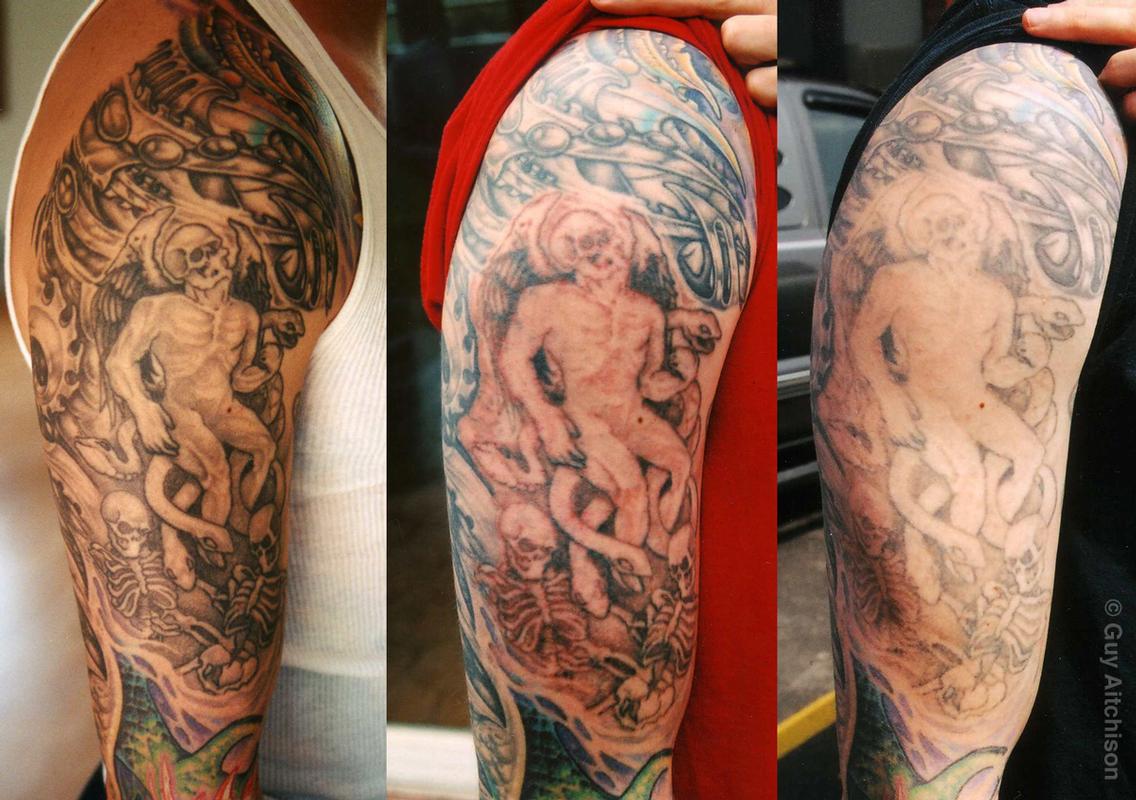
Okay, here’s a 2000+ word article on the common mistakes people make when choosing a tattoo artist. I’ve focused on providing actionable advice and using a friendly, engaging tone.
What Are The Most Common Mistakes When Choosing A Tattoo Artist? A Guide to Avoiding Tattoo Regret
Getting a tattoo is a big deal. It’s a permanent piece of art you’ll carry with you, a story etched onto your skin. But the journey from concept to masterpiece hinges on one crucial decision: choosing the right tattoo artist. Unfortunately, many people stumble along the way, making mistakes that lead to less-than-stellar results and, sometimes, outright tattoo regret. Let’s dive into the most common pitfalls to avoid when selecting the artist who will bring your vision to life.
1. Falling for the Flash: Ignoring Specialization and Style
Imagine commissioning a portrait from a landscape painter. Sounds a bit off, right? The same principle applies to tattoos. Not all artists are created equal, and not all are skilled in every style. Many eager clients make the critical mistake of choosing an artist based on convenience or price, overlooking the artist’s specialization.
- The Danger of Generalists: While some artists can execute a wide range of styles competently, true mastery comes from focused practice. A jack-of-all-trades might not have the nuanced understanding needed for intricate designs or specific techniques.
- Finding Your Style Match: Before even browsing studios, identify the tattoo style you desire. Is it the bold lines of traditional American, the delicate shading of realism, the vibrant colors of neo-traditional, or the intricate patterns of tribal art? Once you know your style, research artists who specialize in it.
- Portfolio Power: An artist’s portfolio is your window into their skill and style. Don’t just glance at it; scrutinize it. Look for consistency, clean lines, smooth shading, and overall artistic quality. Does their existing work align with your vision?
2. Skipping the Deep Dive: Insufficient Portfolio Review
A portfolio is more than just a collection of pretty pictures; it’s a testament to an artist’s skill, experience, and artistic voice. Rushing through a portfolio or only looking at the "best" pieces is a common mistake that can lead to disappointment.
- Beyond the Highlights Reel: Every artist will showcase their strongest work. Dig deeper. Look for examples of tattoos similar to what you want, paying attention to how the artist handles color, line work, and detail in those specific styles.
- Healed vs. Fresh: Fresh tattoos always look vibrant and crisp. Ask to see healed photos of the artist’s work. This reveals how the tattoo holds up over time, showing the quality of the ink, the stability of the lines, and the overall longevity of the design.
- Size Matters (and So Does Placement): Consider the scale of the tattoos in the portfolio. An artist who excels at small, delicate pieces might struggle with large-scale back pieces, and vice versa. Also, pay attention to the placement of the tattoos. Are they placed well on the body, flowing naturally with the contours?
3. Price Over Quality: Chasing the Cheapest Deal
Tattoos are an investment, and like any investment, you get what you pay for. While budget is a consideration, prioritizing the cheapest option over quality and artistry is a recipe for disaster.
- The Cost of Correction: A poorly executed tattoo is not only a source of daily frustration but also a financial burden. Cover-ups and removals are often more expensive and time-consuming than getting it done right the first time.
- Beyond the Hourly Rate: Understand what the artist’s rate includes. Are touch-ups included? What about the cost of the design? A seemingly lower hourly rate might not be the best deal if it doesn’t cover essential services.
- Red Flags: Be wary of artists who offer significantly lower prices than the average in your area. This could indicate inexperience, subpar materials, or a lack of proper hygiene practices.
4. Ignoring Hygiene and Safety Standards
This is non-negotiable. Cutting corners on hygiene is a gamble with your health and well-being. A reputable studio will prioritize cleanliness and safety above all else.
- Visible Cleanliness: Observe the studio environment. Is it clean, organized, and well-maintained? Are surfaces disinfected regularly?
- Sterilization Practices: Ask about sterilization procedures. Are autoclaves used to sterilize equipment? Are needles single-use and disposed of properly?
- Licensing and Certification: Ensure the artist and the studio are properly licensed and certified by your local health authorities. This demonstrates that they meet the required safety standards.
5. Neglecting the Consultation: Rushing into the Tattoo Chair
The consultation is a crucial step in the tattoo process. It’s your opportunity to discuss your ideas, ask questions, and ensure the artist understands your vision. Skipping this step is like embarking on a road trip without a map.
- Communication is Key: Use the consultation to clearly communicate your design ideas, desired size and placement, and any concerns you may have.
- Artist Input: A good artist will offer valuable input and suggestions based on their expertise. Be open to their ideas, but don’t be afraid to voice your preferences.
- Red Flags: Be wary of artists who are dismissive of your ideas or unwilling to answer your questions. A collaborative approach is essential for a successful tattoo experience.
6. Vague Design Briefs: Failing to Articulate Your Vision
"I want something cool" isn’t a design brief; it’s a blank canvas. The more specific you are about your vision, the better the artist can translate it into a stunning tattoo.
- Visual Aids: Gather reference images, sketches, or even existing tattoos that inspire you. These visual aids will help the artist understand your aesthetic preferences.
- Details Matter: Think about the specific elements you want to include, the colors you prefer, and the overall mood you want to convey.
- Trust the Process: While being specific is important, also be open to the artist’s interpretation and creative input. A good artist can elevate your initial idea into something truly special.
7. Overlooking Reviews and Testimonials
In the age of online reviews, there’s no excuse for not doing your homework. Reviews and testimonials offer valuable insights into an artist’s reputation, professionalism, and customer service.
- Beyond the Stars: Don’t just look at the overall star rating. Read the actual reviews to get a sense of the specific experiences other clients have had.
- Multiple Platforms: Check reviews on various platforms, such as Google, Yelp, and social media.
- Address Concerns: Pay attention to how the artist responds to negative reviews. A professional artist will address concerns constructively and demonstrate a commitment to customer satisfaction.
8. Ignoring Gut Feelings: Trusting Your Intuition
Sometimes, despite all the research and preparation, something just doesn’t feel right. Don’t ignore your gut feeling.
- The Vibe Check: Does the studio feel welcoming and professional? Do you feel comfortable and respected by the artist?
- Communication Breakdown: Are you struggling to communicate with the artist? Do they seem uninterested or dismissive?
- It’s Okay to Walk Away: If you have any doubts or reservations, it’s perfectly okay to walk away and find a different artist. Your peace of mind is worth more than any tattoo.
9. Impatience: Rushing the Healing Process
The tattoo process doesn’t end when you leave the studio. Proper aftercare is crucial for ensuring your tattoo heals properly and looks its best.
- Follow Instructions: Adhere strictly to the artist’s aftercare instructions. These instructions are tailored to the specific inks and techniques used.
- Resist Temptation: Avoid picking, scratching, or touching your tattoo, as this can lead to infection and scarring.
- Patience is a Virtue: The healing process takes time. Be patient and allow your tattoo to heal naturally.
10. Not Considering Long-Term Placement
Tattoos are permanent, but your body changes over time. Consider how your tattoo will look in 10, 20, or even 50 years.
- Areas Prone to Change: Areas like the stomach, upper arms, and thighs are prone to stretching and sagging with age or weight fluctuations.
- Sun Exposure: Excessive sun exposure can fade and damage tattoos. Choose placement carefully and protect your tattoo with sunscreen.
- Future Considerations: Think about your career, lifestyle, and personal preferences. Will your tattoo still align with your values and aspirations in the future?
11. Overcomplicating the First Tattoo
A simple, well-executed tattoo is often more impactful than a complex, overly detailed one, especially for a first-timer.
- Start Small: Consider starting with a smaller, less intricate design to get a feel for the process and how your skin reacts to the ink.
- Placement Matters: Choose a placement that is relatively easy to heal and maintain.
- Build Confidence: A positive first tattoo experience will build your confidence and prepare you for larger or more complex designs in the future.
12. Choosing Based on Trends
Trends come and go, but tattoos are forever. Avoid getting a tattoo solely because it’s popular at the moment.
- Timeless Designs: Opt for classic designs that have stood the test of time.
- Personal Meaning: Choose a design that holds personal significance for you, rather than one that is simply fashionable.
- Future Regret: A trendy tattoo might feel cool now, but you might regret it later when the trend fades.
13. Underestimating the Pain Factor
While pain tolerance varies, getting a tattoo is generally uncomfortable. Underestimating the pain can lead to anxiety and a negative experience.
- Research Pain Charts: Consult pain charts to get an idea of which areas of the body are more sensitive to tattooing.
- Prepare Mentally: Mentally prepare yourself for the discomfort and focus on breathing techniques to manage the pain.
- Communicate with Your Artist: Don’t hesitate to communicate with your artist if you’re feeling overwhelmed. They can adjust their technique or take breaks as needed.
14. Not Asking About Ink Composition
Knowing what’s going into your skin is crucial. Don’t be afraid to ask your artist about the composition of the inks they use.
- Allergies and Sensitivities: Inform your artist about any allergies or sensitivities you have.
- Ink Quality: Inquire about the quality and safety of the inks. Reputable artists use high-quality, non-toxic inks.
- Research Ink Brands: Do your own research on different ink brands to learn more about their ingredients and safety standards.
15. Failing to Communicate Changes in Health
Your health can impact the healing process and the overall outcome of your tattoo. It is important to keep your artist informed of any changes in your health.
- Medications: Tell your artist about any medications you are taking, as some medications can affect blood clotting and healing.
- Skin Conditions: Inform your artist about any skin conditions you have, such as eczema or psoriasis.
- Underlying Health Issues: Disclose any underlying health issues you have, such as diabetes or autoimmune disorders.
Conclusion:
Choosing a tattoo artist is a decision that requires careful consideration and thorough research. By avoiding these common mistakes, you can increase your chances of getting a tattoo that you’ll love for years to come. Remember, a tattoo is a permanent piece of art, so invest the time and effort to find the right artist who can bring your vision to life safely and skillfully.
FAQs:
-
How far in advance should I book a tattoo appointment?
- It depends on the artist’s popularity and availability. Some artists book months in advance, while others have shorter waiting lists. It’s best to inquire as soon as you have a design in mind.
-
What if I don’t like the design the artist comes up with?
- Communicate your concerns clearly and respectfully. A good artist will be willing to make revisions until you’re satisfied with the design. If you’re still not happy, it’s okay to seek out a different artist.
-
Can I bring a friend to my tattoo appointment?
- Most studios allow you to bring a friend for support, but it’s best to check with the artist beforehand. Be mindful of the studio environment and avoid being disruptive.
-
How do I know if my tattoo is infected?
- Signs of infection include excessive redness, swelling, pain, pus, and fever. If you suspect an infection, seek medical attention immediately.
-
What if I want to remove my tattoo later?
- Tattoo removal is possible through laser treatment, but it can be expensive, time-consuming, and painful. It’s always best to choose your tattoo wisely in the first place.






